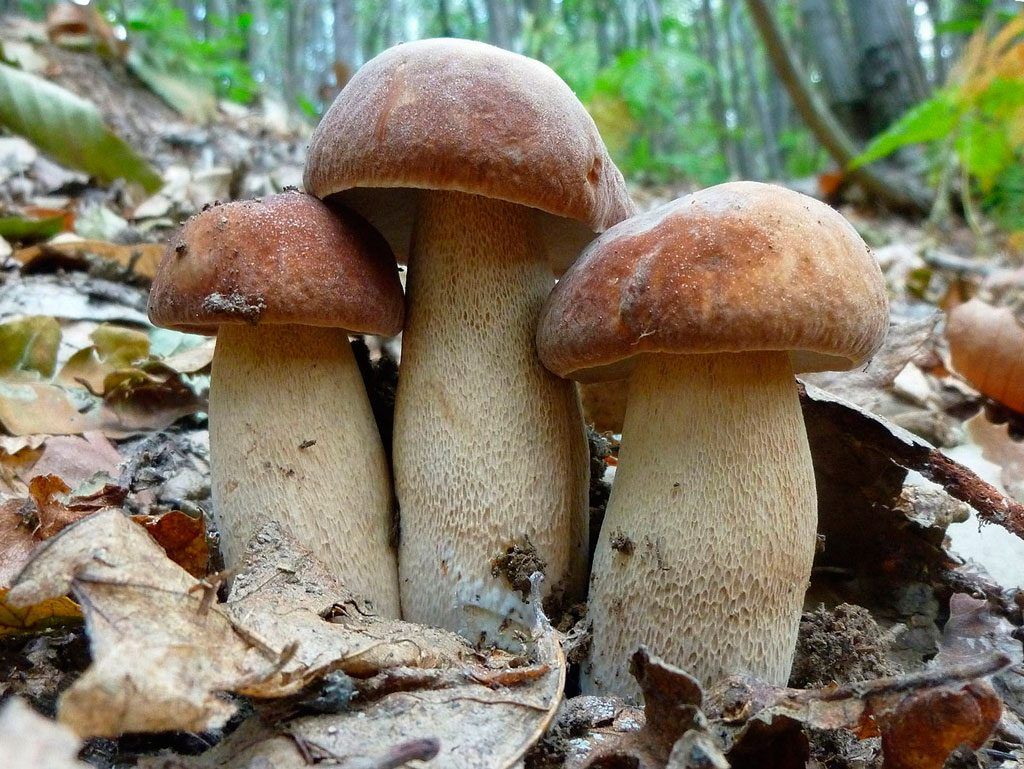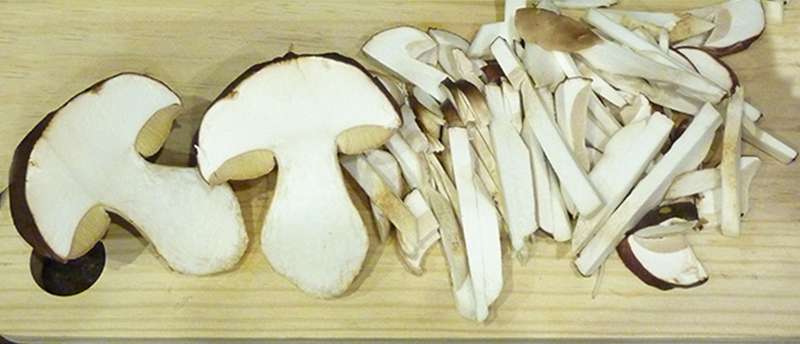Boletus aestivalis, the joy of summer
2 years ago · Updated 6 months ago

Boletus reticulatus, aestivalis, summer, or reticulated, one of the 4 best edible boletus
.
Hence the joy the mushroom picker feels when he finds it. So...... we're going to explain the secrets of this edible mushroom.
When we see a boletus aestivalis, we're looking at the clear dominant specimen of the warmer months, in most areas where this type of edible mushroom comes out. And although it has a texture of lesser consistency than the rest of the boletus edules and considered excellent edibles, its flavor is just as intense.
Even the size they can reach makes them, without a doubt, one of the wild mushroom species most sought-after at this time of year. You can buy porcini in our online store.
What names does Boletus aestivalis have?
The name of this boletus, or rather the names by which it is known, refer both to the time of year when it appears and to some of its morphological characteristics. Thus, it can be found scientifically named as boletus aestivalis or boletus reticulatus. Also as boletus separans or boletus rubiginosus.
But its names don't stop there, and there are many synonyms and popular names with a certain resemblance.
We also find it as summer spear, summer mushroom, summer boletus, reticulated mushroom.
The popular names for these ceps are also many and varied. Summer white mushroom, reticulated boletus, chestnut mushroom, oak grove mushroom, cork oak pheasant, St. John's mushroom, Tentollo, Miguel de Roble, Tontullo, summer boletus, white sureny, Bazuncho, Corvall, Udako Ondo Zuri, ...
How to tell boletus reticulatus apart
.
One characteristic of this species is that its cap is hazelnut or light brown in color, fairly uniform and tends to crack. The foot is a little lighter than its cap, cylindrical in shape and tends to swell in the center. It tends to form a reticulation which gives this species of boletus its name.
It doesn't turn blue when cut or rubbed either and if we squeeze the cap, the imprint we leave remains sunken in. It has a very pleasant smell and flavor, similar to those of the other most similar edible boletus, aereus, edulis and pinophilus
Boletus reticulatus, possible confusions
Confusions of boletus aestivalis with other species
This species of edible mushroom is not easy to confuse, and even less so with other poisonous or toxic species. It resembles these other boletus:
B. edulis, with the cuticle of darker hue and with the edge the same with a lighter band and if the weather is wet, more viscous. The foot of boletus edulis has a whitish-tinted reticle that contrasts with the cream color of the rest of the foot.
B. pinophilus, with reddish tones, similar to the hue of its foot.
B. aereus, with a much darker cuticle. The foot has no visible reticule, so of the 3 boletes on display, this is the one that can generate the least confusion
Boletus reticulatus What is their shape?
The cap can reach significant dimensions, up to 26 cm in diameter. Initially semi-spherical, then convex in shape. The color is light, between hazelnut and brown with a very uniform tone.
The tubes are long, almost free and easily separable from the flesh. As in the rest of the boletus edules, they are initially white and at maturity yellow to greenish. Do not turn blue
The foot is long and cylindrical with a small thickening in the center, normally in young specimens. shows regular reticulation or meshing more visible in the upper part
Its flesh is white and thick. It tends to yellow slightly at the junction with the pores. Very pleasant taste and smell.
What is the habitat of boletus reticulatus?
It prefers deciduous forests: beech, holm oak, oak, chestnut, although in some areas it can also be found under fir and pine. It is gregarious and usually appears in small groups, with a preference for siliceous soils.
When to look for summer ceps
As its name suggests, it loves the heat. So the first boletus aestivalis can be found in late spring. They extend their appearance into late summer or early autumn. If humidity conditions are optimal, it appears with some abundance.
Images of boletus aestivalis
This species of mushroom is very showy, and mycology enthusiasts often produce beautiful photographs of estivalis specimens. We leave you with a few photographs of boletus reticulatus for you to enjoy the beauty of this edible mushroom
Boletus reticulatus in the kitchen
If you like edible mushrooms, you'll know that this mushroom, Boletus aestivalis, is one of the most commercialized. Not for nothing is it, along with the other best boletus, one of the most popular species in the kitchen. and what's more, it can be cooked any way you like, even raw!
Appearing in hot weather, it is often attacked by larvae more frequently than other edible boletus. It's a species of widespread consumption and, as a result, its marketing is fairly widespread. In markets, they can be found at a similar price to other boletes such as edulis or aereus.

Like the rest of boletes, it can be eaten even without cooking. Although if we cook it a little, we increase its flavor. If we freeze it in cubes, we need to cook it directly without thawing so as not to lose the texture.
Now, all that's left to do is go into the forest and cross your fingers for a good mushroom.
See you in the forest!

Te pueden interesar